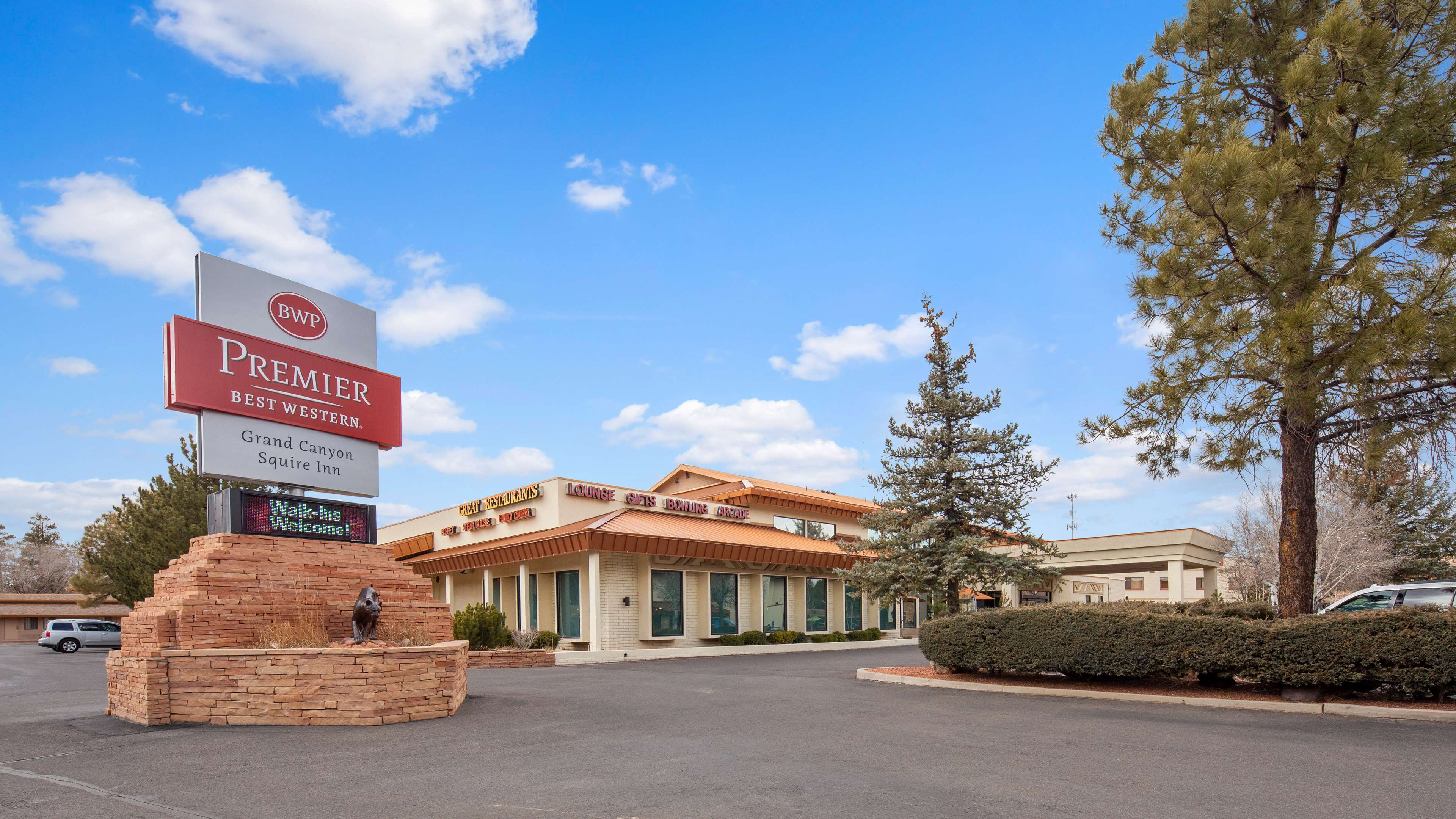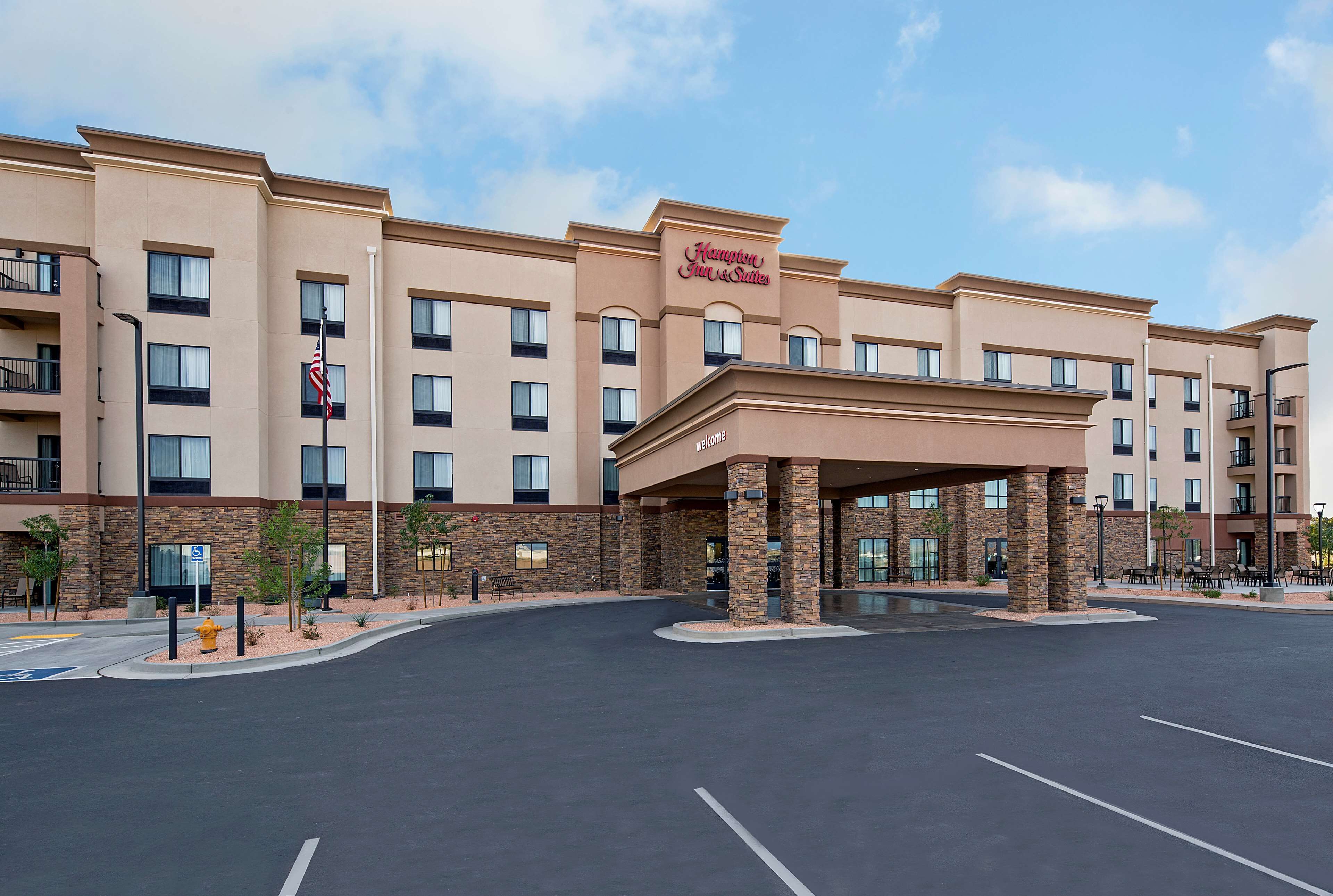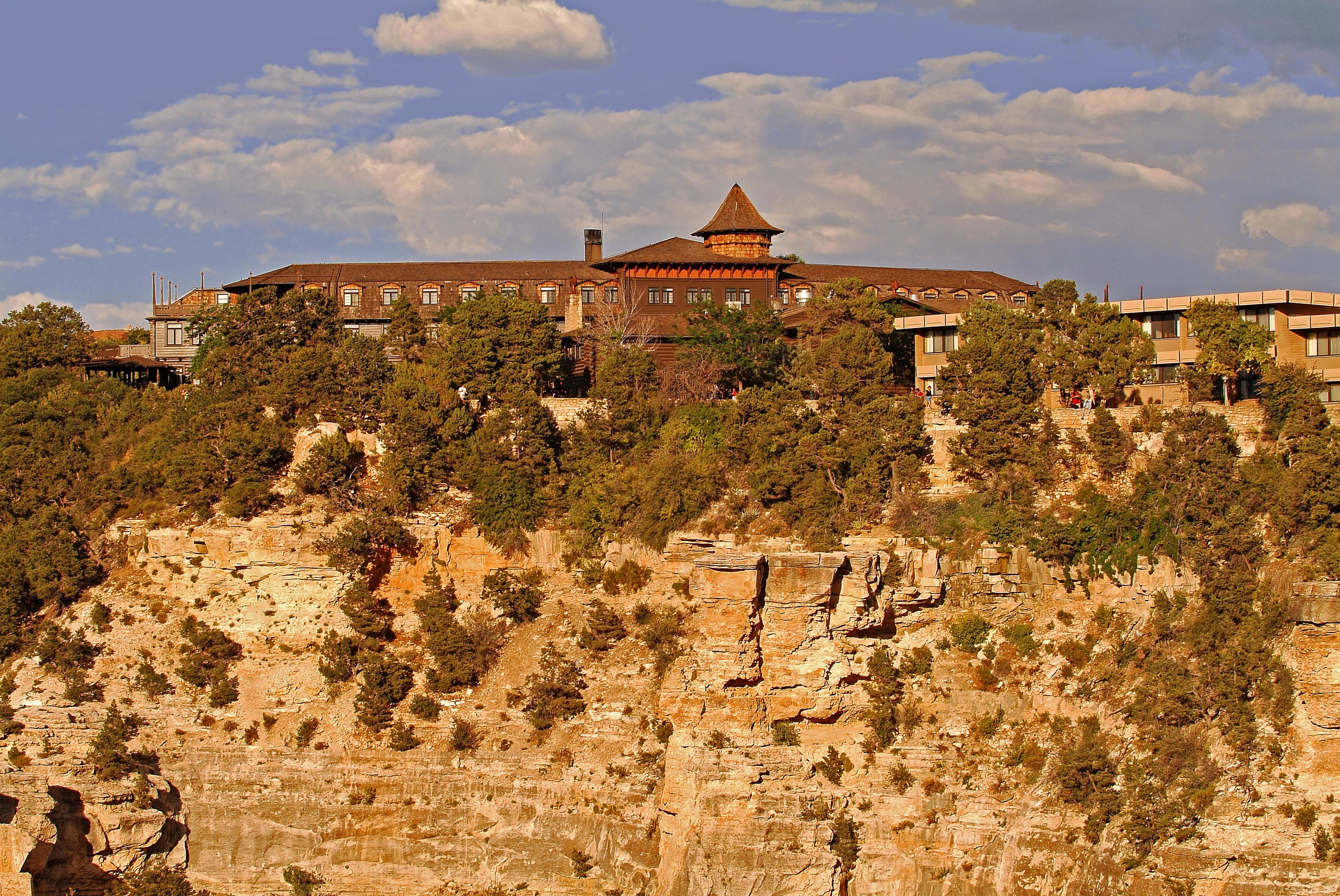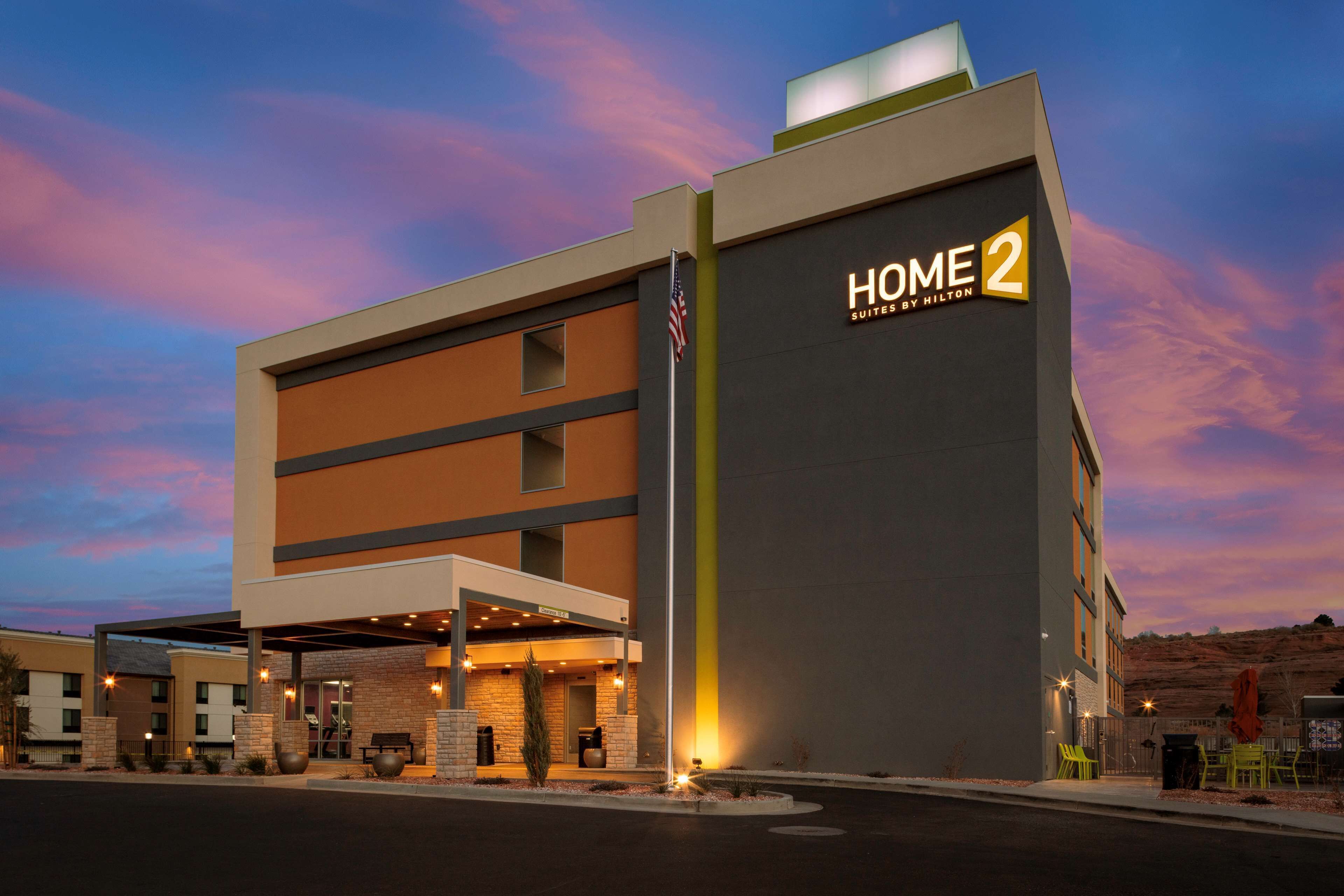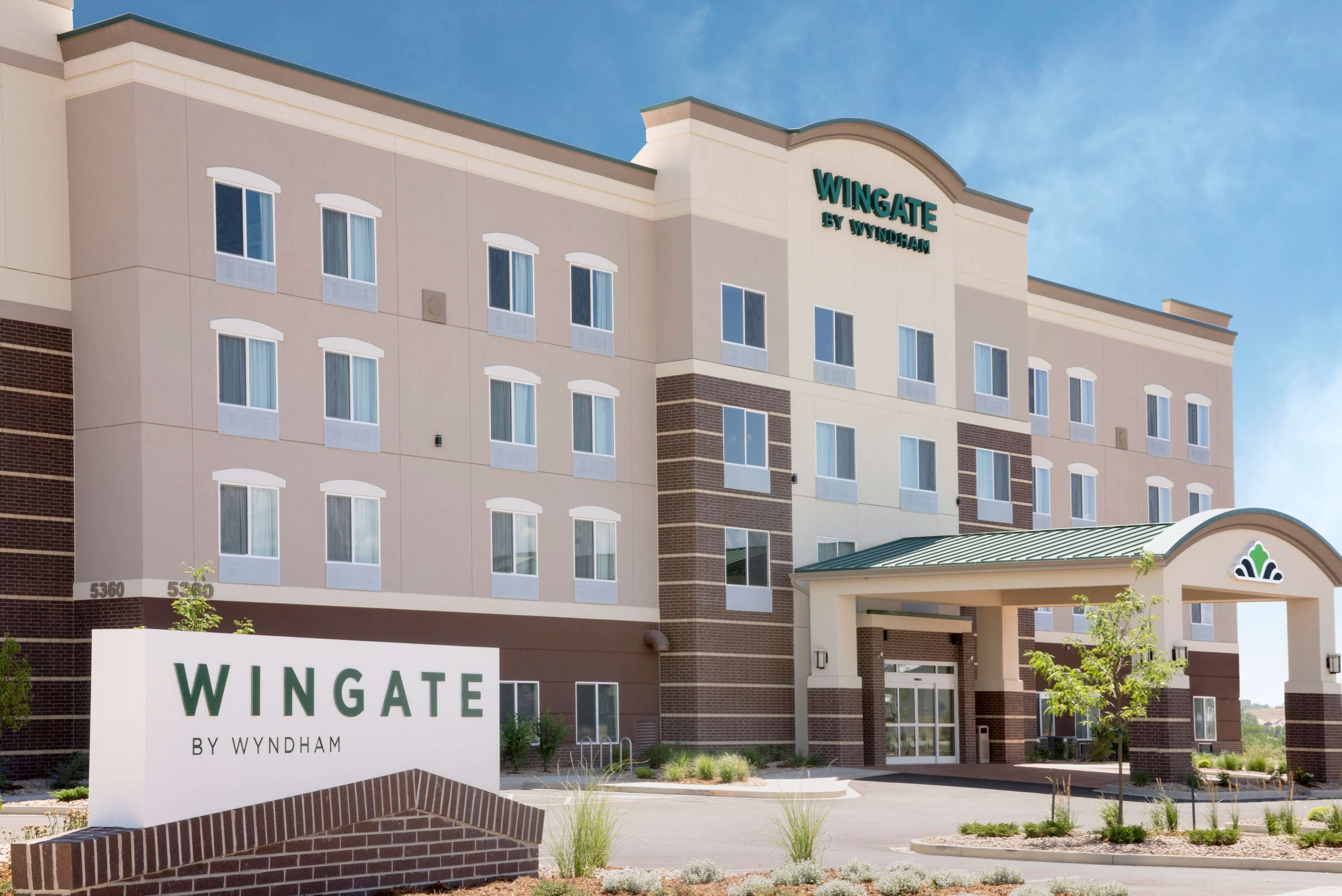Grand Canyon National Park
Grand Canyon National Park is one of the most spectacular natural wonders in the world. Located in northwestern Arizona, the park covers 1,904 square miles (4,931 square kilometers) of the Colorado Plateau. The park's main attraction is the Grand Canyon, a massive gorge carved by the Colorado River over millions of years. The canyon is up to 18 miles (29 kilometers) wide, 277 miles (446 kilometers) long, and over a mile (1.6 kilometers) deep. The canyon reveals layers of ancient rocks that tell the story of Earth's history and evolution.




